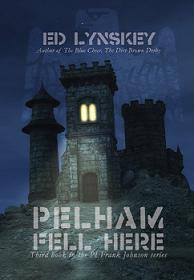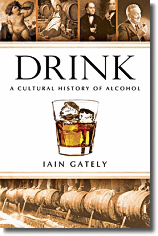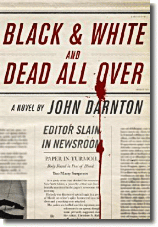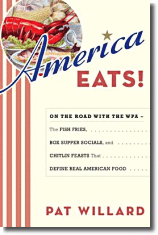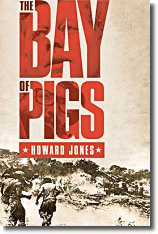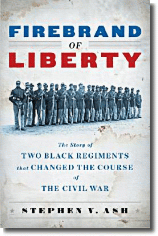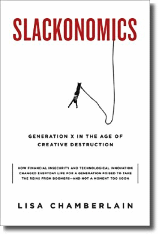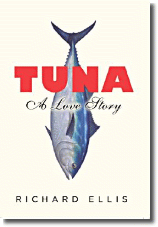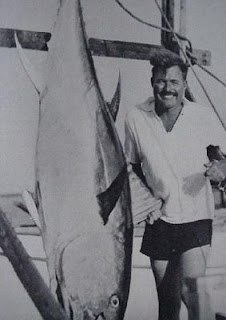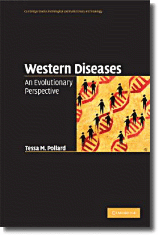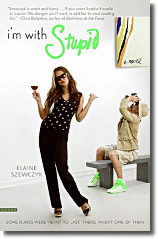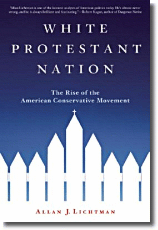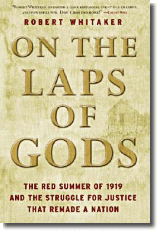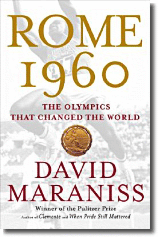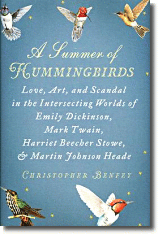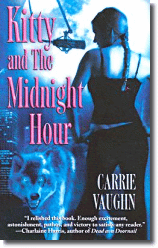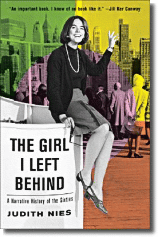 Judith Nies
Judith Nies has worked as a journalist, teacher, historian, researcher, and speechwriter, and is the author of several books, including
Nine Women: Portraits from the American Radical Tradition. Her work has appeared in the
New York Times, the
Boston Globe, the
Christian Science Monitor,
Ms., the
Harvard Review, and other publications. She teaches writing at Massachusetts College of Art and is a member of PEN America.
She applied the “
Page 99 Test” to her new book,
The Girl I Left Behind: A Narrative History of the Sixties, and reported the following:
Love, Death, War, Travel. These, I have been told, were the great subjects for ancient writers, especially the ancient Arabic poets. I do understand love, death and war (blood) as great subjects, but travel? According to my source, it is because philosophers believed that it was only in travel that we are forced to confront ourselves, to step out of the known world that reassures us about who we are. As travelers we learn that our identity is a fragile container, the solidity of our identity greatly overrated. Plunged into different concepts of time and space, we change.
So yes, I recently published a memoir and history about my life in the 1960s. The overarching themes are about race, gender and war (Vietnam). But what happened when I turned to page 99? I discovered it was about travel. I was not yet twenty-one and working as a research assistant for an anthropologist in Turkey. As a young woman who had barely left New England, where meaningful time starts in 1620, I was so overwhelmed by the mysteries of time and space that I stretched out on the marble steps of the great ancient Greek city of Ephesus and fell asleep in the noonday sun. My employer thought I might have narcolepsy. It was then that I learned that I was not in Turkey, but in the ancient Greek capitol of Asia Minor; and that if I were Chinese, I would understand that the year was 4661, not 1963.
Page 99:
From Istanbul, Mrs. Baity and I took a boat out to Turkey’s Elizabeth Islands, where Sephardic Jews had settled after the Spanish Inquisition expelled them from Spain in 1492, and then we traveled down to the Dardanelles and the ancient city of Troy. From the port of Izmir, from which thousands of Armenians escaped during the Armenian genocide, we traveled along the coast to Miletus, Didyma, Ephesus, Bodrum, and Kas into another world and another dimension of time. Today I see them as names on a map, but then they were my route into the world of myth, a world so ancient and so overpowering that my under-developed imagination simply quit. In the full noonday sun I sat down on the marble steps of the great library at Ephesus, stretched out on my back and fell into a deep sleep. No one could wake me up.
“What happened to you up there?” Mrs. Baity asked when we were back in Selcuk, the ragged little village, where I had negotiated the cab and guide to take us to the site at Ephesus. She looked worried.
“I don’t know. I just became exhausted. I couldn’t keep my eyes open. How long was I asleep?”
“Maybe twenty minutes. Maybe a half an hour. I think it took a while for the guide to find me. Has that ever happened before?” She told me later she thought I might have narcolepsy.
“Well, look,” I said, trying to explain the confusion I felt. “Here we are in this scabby little Turkish town” – I gestured to encompass our immediate surroundings, which were very third world -- “that is supposedly part of our modern civilization. And there” – I pointed up toward the heights of the ancient city of Ephesus -- “is a city from thousands of years ago whose people we call primitive, and yet it’s made of marble and it’s gorgeous.”
“Aha,” said Mrs. Baity. “Yes!” She didn’t look worried any more. In fact, she had an amused twinkle in her eyes. A little cognitive dissonance was only to the good, as far as she was concerned. “I don’t think anyone has ever called the Greeks primitive. The Greeks knew everything. But how we order time and space are fundamental differences between cultures,” she said, ordering two more cups of tea. “If we were Chinese, we would be living in the year 4661 rather than 1963. On a Chinese map, Ephesus would be labeled as the capital of Roman Asia, which it was. Before that it was a major city of Greece. It’s just part of a different time line. You know, like translating a language. You need a different vocabulary for time.” She realized what I didn’t: that I ….
Read
an excerpt from The Girl I Left Behind, and learn more about the author and her work at
Judith Nies' website.
--Marshal Zeringue
 The Connection, an innovative social services agency, and a lecturer in psychiatry at the Yale University School of Medicine.
The Connection, an innovative social services agency, and a lecturer in psychiatry at the Yale University School of Medicine.